How To Study Smarter Not Harder

Do you ever find like your study habits have been all over the place? Are you thinking about what you should do to do well in class and on exams? Many students realize that their high school habits are not very successful at college. It is understandable because college is very different from high school.
Teachers are less personally involved, lessons are more comprehensive, tests are worth more, reading is more intensive, and lectures are much more extensive. This article will explore many active, effective study strategies, and learn how to study smarter not harder.
There are seven tips for helping you study smarter, which could guide you correct or improve your study habits from the perspective of the study method. You may find that you learn so hard every time, but the results are not equal to your persistence. At that time, a proper study method seems far more essential to improve your performance in grade. Follow this guide and find specific tips for you.
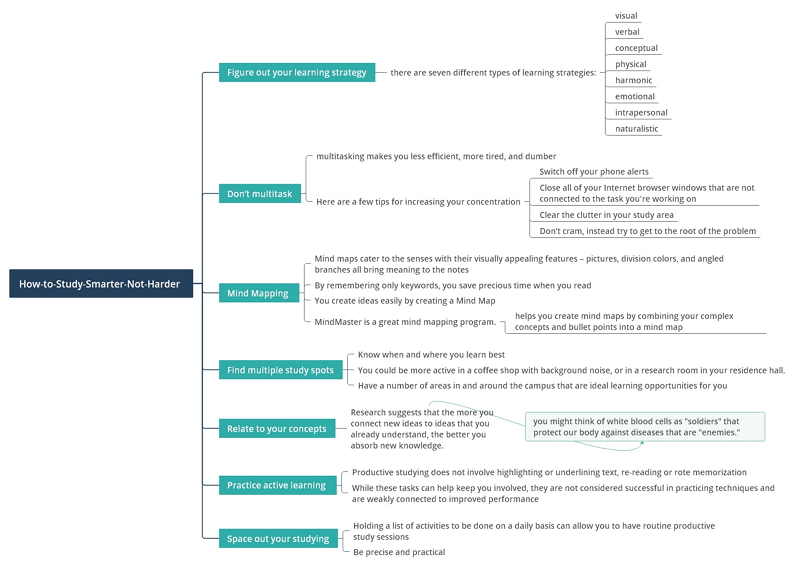
Source: EdrawMind
1. Figure Out Your Learning Strategy
The first step is always to work out how you can study effectively. No one student is the same, and it is essential to know your learning style. There are seven different types of learning strategies: visual, verbal, conceptual, physical, harmonic, emotional, intrapersonal, and naturalistic.
These learning strategies are all present in us in various proportions, and they work together to influence how we process material. Think of a kid who knows the math class (high logical intelligence) but doesn't utter a word in English (low verbal intelligence).
The knowledge of your learning strategy is critical when it comes to learning how the brain functions. As it will help make studying techniques work better for you.
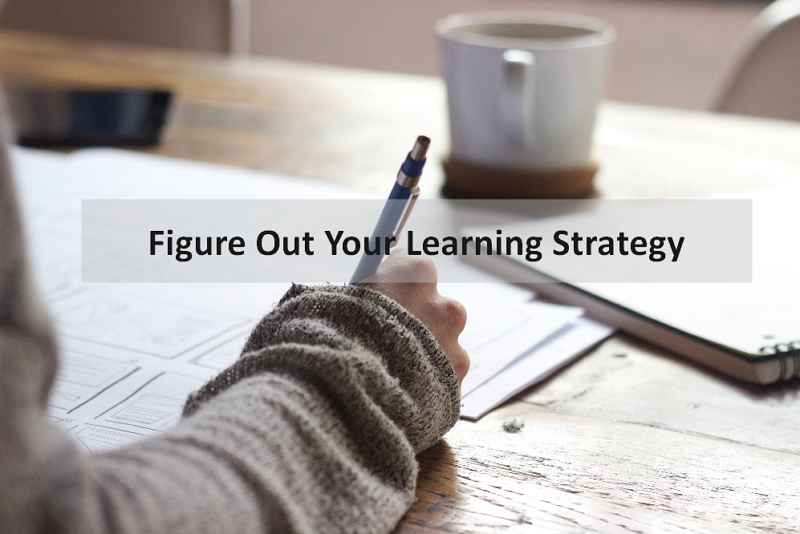
2. Don Not Multitask
Multitasking makes you less efficient, more tired, and dumber. Studies also reveal that people who pretend to be excellent at multitasking are no better off than the average person.
Practical students focus on just one thing at a time. It is impossible to learn while still listening to text messages, watching TV, and updating your Twitter account.
Here are a few tips for increasing your concentration:
- Switch off your phone alerts;
- Close all of your Internet browser windows that are not connected to the task you're working on;
- Clear the clutter in your study area;
- Don’t cram; instead, try to get to the root of the problem.
Eliminating distractions would encourage you to participate in your study sessions completely. Using applications that help you place restrictions on how much time you will spend on those sites during the day. It is a great way to learn how to study smarter and not harder.
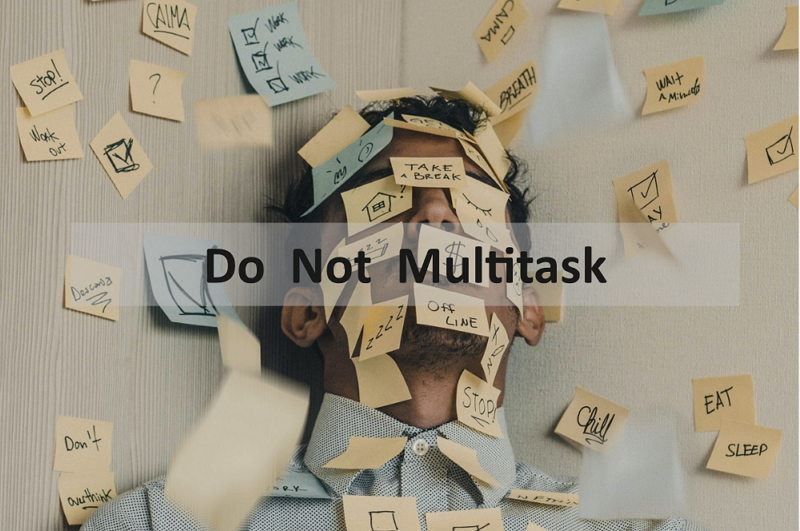
3. Use Mind Maps
Mind mapping is an excellent tool for studying. Mind maps help in visualizing any problem and theory. It allows free flow of thinking and creativity, which is essential when learning how to study smarter and not harder.
- Mind maps cater to the senses with their visually appealing features – pictures, division colors, and angled branches all bring meaning to the notes;
- By remembering only keywords, you save precious time when you read. Even whether you're going to write essays or prepare for your Mind maps tests, you'll know the most valuable stuff;
- You create ideas easily by creating a Mind Map. Your brain continually connects ideas, creates relations, places thoughts in order, and produces ideas.
EdrawMind is a great mind mapping program. It helps you create mind maps by combining your complex concepts and bullet points into a mind map. EdrawMind lets you organize the concepts and create a map to study.
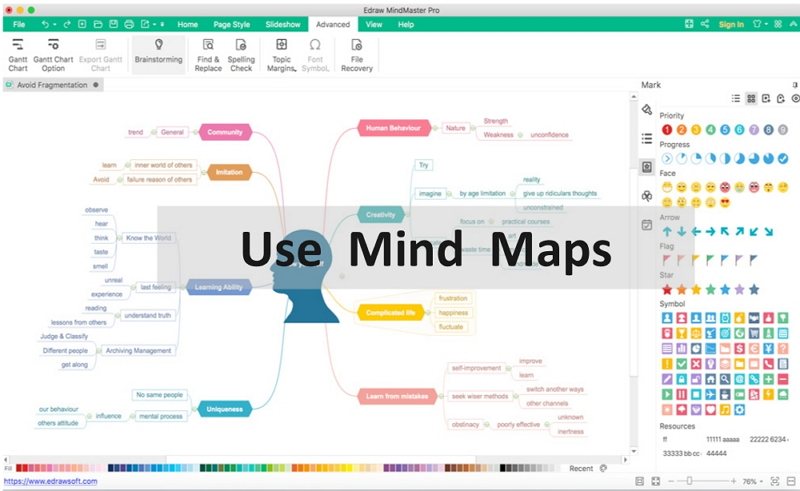
4. Find Study Spots
Find a few places to study in and around the campus and change your room if you feel that it's no longer a working space for you.
Know when and where you learn best. Perhaps your attention will be sharp at 10:00 PM instead of 10:00 AM You could be more active in a coffee shop with background noise, or a study room in your residence hall.
Have several areas in and around the campus that are ideal learning environments for you.

5. Relate To Your Concepts
Research suggests that the more you connect new ideas to ideas that you already understand, the better you absorb new knowledge.
For instance, if you think about electricity, you might compare it to the flow of water. Voltage is equivalent to the water strength; the current is comparable to the water flow rate, the battery is equal to the pump, and so on. Another example: you might think of white blood cells as "soldiers" that protect our body against diseases that are "enemies."
It takes time and commitment to learning about how to relate new knowledge to what you already know, but the time and effort are worth it.

6. Practice Active Learning
Think about reading as an essential part of pre-study, but studying knowledge involves active involvement in the curriculum. Active participation is a method of creating understanding from the text, including drawing references to lessons, providing examples, and managing your learning.
Productive studying does not involve highlighting or underlining text, re-reading, or memorization. While these tasks can help keep you involved, they are not considered successful in practicing techniques and are less likely to improve your performance.
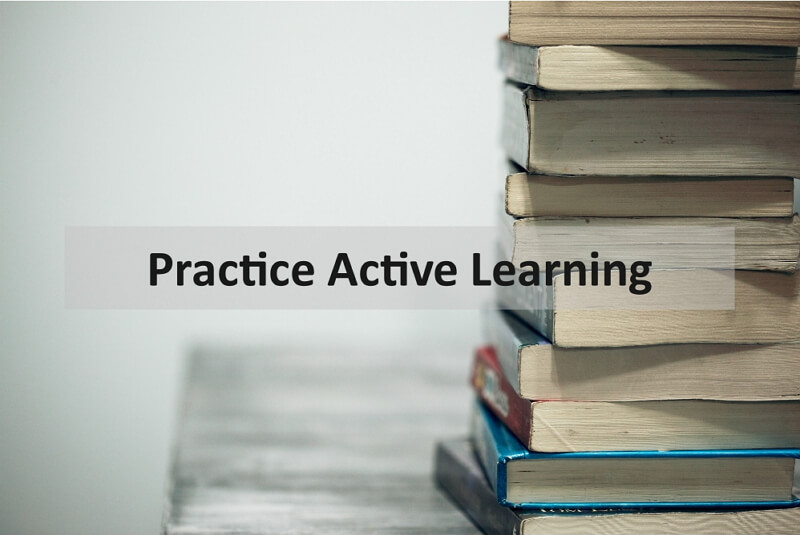
7. Space Out Your Studying
To extend your study over a short period over various days and weeks, you need flexibility in your timetable. Having a list of activities to be done daily can allow you to have regular productive study sessions for each lesson.
Approach the plan by being precise and practical on how long you expect to work on a task. It would be best if you didn't have more things on your list than you can realistically complete during the day.

A mind map is a graphic representation of your thoughts, structured in a radial structure around a central image. Use mind mapping to study, take the core subject, and then arrange your notes around this topic. Mind maps are flexible and creative, essential when learning
With EdrawMind, you can quickly create easy mind maps to study effectively. The software provides 12 different map types, 33 themes, and more than 700 clip art materials to design your study maps with almost unlimited possibilities.





